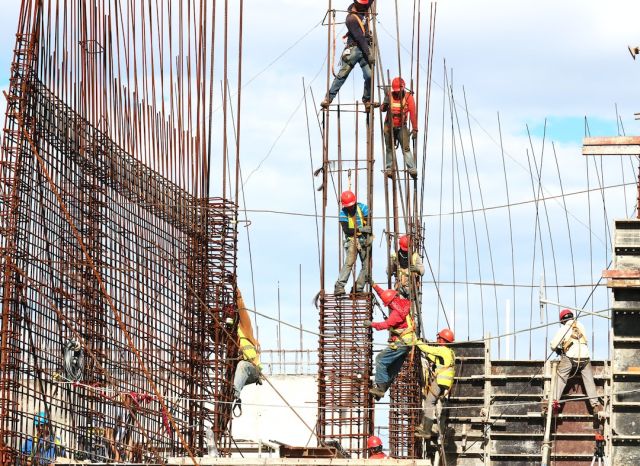The world of lifts is constantly evolving, with advances in technology and engineering allowing for the development of new and innovative types of lifts. Each type of lift has its own set of advantages and disadvantages, depending on the specific application and the needs of the user. In this article, we will explore the advantages and disadvantages of the different types of lifts available on the market.
Hydraulic Lifts
Hydraulic lifts have been around for many years and are still popular in many applications. The main advantage of hydraulic lifts is their smooth operation. Hydraulic lifts are also generally more reliable than other types of lifts and can be installed in a variety of settings.
The main disadvantage of hydraulic lifts is that they are more expensive than other types of lifts. Additionally, hydraulic lifts require frequent maintenance in order to ensure their safety and reliability. Hydraulic lifts can also be noisy, and their operation can cause vibrations that can be unpleasant for the user.
Scissor Lifts
Scissor lifts are a type of lift that are used in a variety of settings, from industrial to residential. The main advantage of scissor lifts is that they are relatively inexpensive and can be installed in a variety of settings. Additionally, scissor lifts are relatively quiet in operation and are generally very reliable.
The main disadvantage of scissor lifts is that they are not as smooth in operation as other types of lifts. Additionally, scissor lifts can be difficult to install and require frequent maintenance to ensure their safety and reliability.
Rack and Pinion Lifts
Rack and pinion lifts are a type of lift that are commonly used in industrial settings. The main advantage of rack and pinion lifts is that they are relatively inexpensive and can be installed in a variety of settings. Additionally, rack and pinion lifts are relatively quiet in operation and are generally very reliable.
The main disadvantage of rack and pinion lifts is that they can be difficult to install and require frequent maintenance to ensure their safety and reliability. Additionally, rack and pinion lifts are not as smooth in operation as other types of lifts.
Traction Lifts
Traction lifts are a type of lift that are used in a variety of settings, from industrial to residential. The main advantage of traction lifts is that they are relatively inexpensive and can be installed in a variety of settings. Additionally, traction lifts are relatively quiet in operation and are generally very reliable.
The main disadvantage of traction lifts is that they are not as smooth in operation as other types of lifts. Additionally, traction lifts can be difficult to install and require frequent maintenance to ensure their safety and reliability.
Pneumatic Lifts
Pneumatic lifts are a type of lift that are used in a variety of settings, from industrial to residential. The main advantage of pneumatic lifts is that they are relatively inexpensive and can be installed in a variety of settings. Additionally, pneumatic lifts are relatively quiet in operation and are generally very reliable.
The main disadvantage of pneumatic lifts is that they are not as smooth in operation as other types of lifts. Additionally, pneumatic lifts can be difficult to install and require frequent maintenance to ensure their safety and reliability.
Conclusion
When choosing a lift, it is important to consider the advantages and disadvantages of the different types of lifts available on the market. Each type of lift has its own set of advantages and disadvantages, so it is important to weigh up the pros and cons of each type of lift before making a decision. With the right research and consideration, it is possible to find the perfect lift for your needs.






